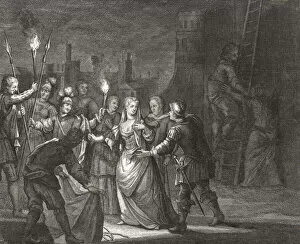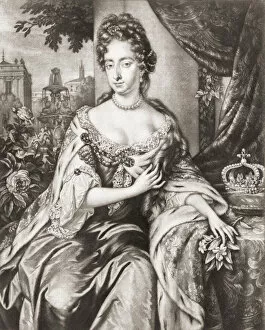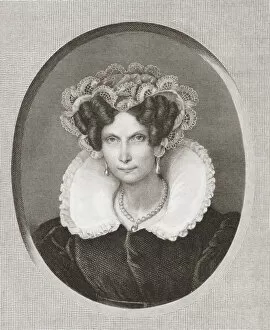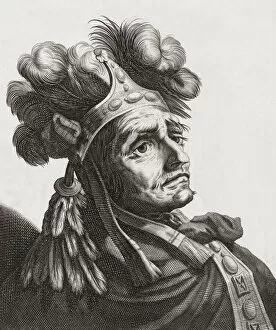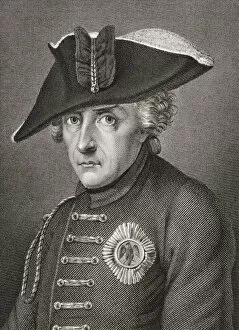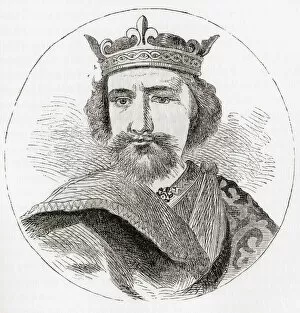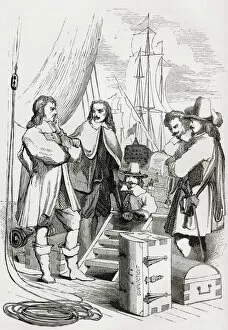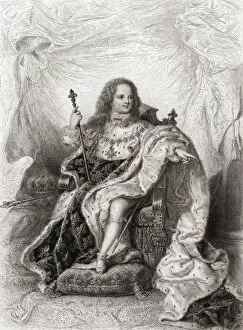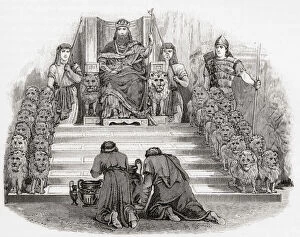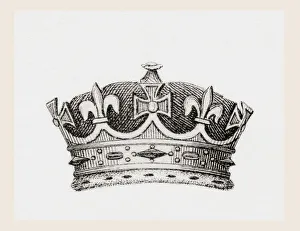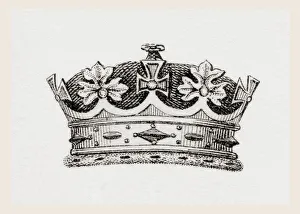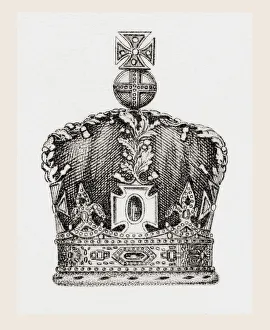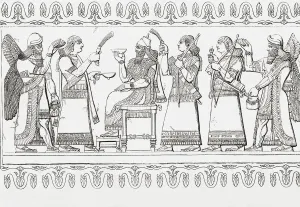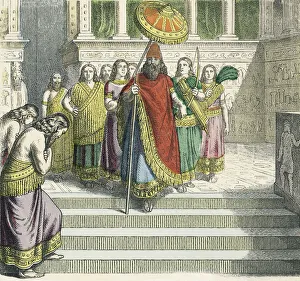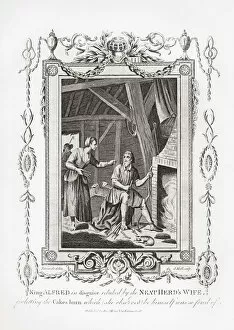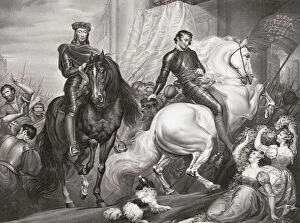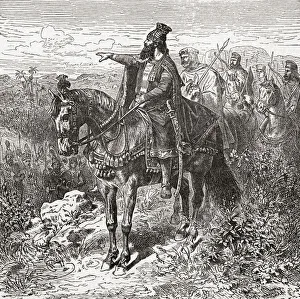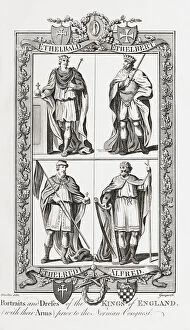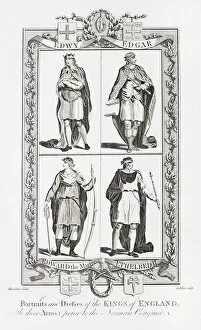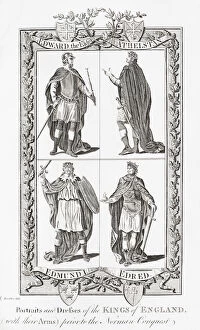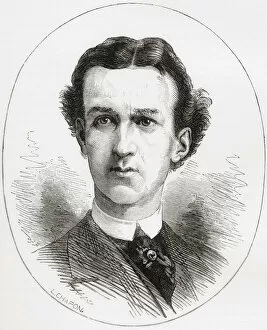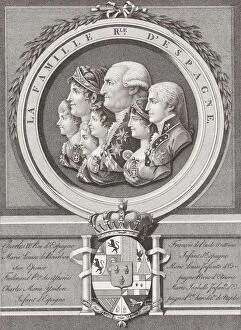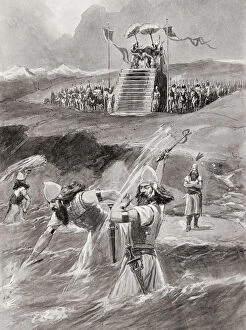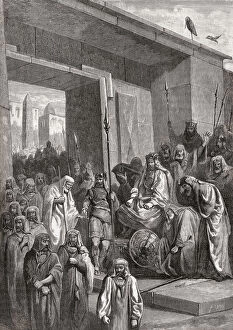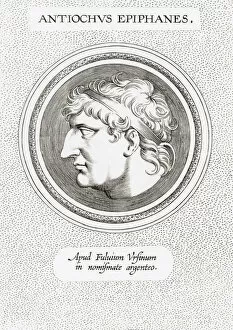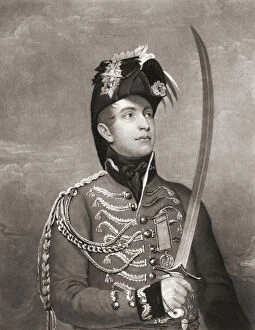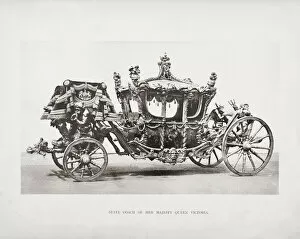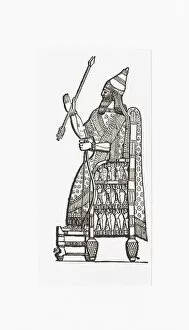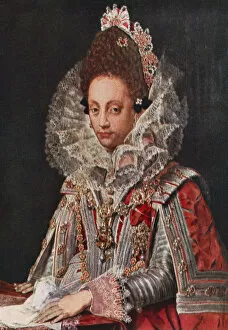Royal Collection (#98)
"A Glimpse into Royal Splendor: From Buckingham Palace to Historic Events" A Royal Command Portrait at Buckingham Palace
All Professionally Made to Order for Quick Shipping
"A Glimpse into Royal Splendor: From Buckingham Palace to Historic Events" A Royal Command Portrait at Buckingham Palace: Capturing the regal essence of a monarch's authority and grace. Portrait of Her Majesty Queen Elizabeth II, Buckingham Palace 1953: Immortalizing a momentous occasion as Queen Elizabeth II ascends to the throne. Queen Elizabeth II, adorned with jewels glittering in her hair and at her throat, arrives at Swedish shores, radiating elegance and prestige. The wedding of Princess Elizabeth (now Queen Elizabeth II) and Prince Philip - 20th century's fairytale union that marked the beginning of an enduring royal legacy. William of Orange at the Battle of the Boyne, 1668: An iconic depiction showcasing royal valor on historic battlegrounds. POSTAGE STAMP, 1840: The Penny Black - a small but significant symbol that revolutionized communication worldwide as the first adhesive postage stamp introduced by Great Britain. Buckingham Palace is not just an architectural marvel; it stands tall as the official London residence representing centuries-old traditions and grandeur. The Queens Visit to Abingdon, 2nd November 1956: A cherished memory where locals were graced with Her Majesty's presence during a memorable visit filled with warmth and admiration. Queen Elizabeth II and Duke of Edinburgh in 1952 - capturing their early years together while embarking on their remarkable journey as leaders of nations and ambassadors for change. The Emperor of China with the nightingale - Arthur Szyk's enchanting drawing brings Hans Christian Andersen's fairy tale to life through intricate artistry fit for royalty. Royal Albert Bridge under construction c1858 – Witness history being built brick by brick as this majestic bridge connects communities while standing as an engineering marvel till today. RNLI lifeboat Arab II at Harlyn Bay, St Merryn, Cornwall.

